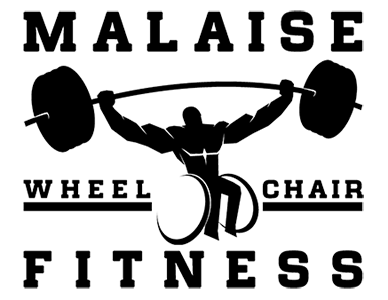One of the most common problems the average trainee runs into is training boredom. This relates to my post regarding why 3 sets of 10 stalls that you can see in the summary list at the bottom. There are so many variables available which should allow for infinite improvement but many trainees are unaware of the options. This results in progress stalling. Which quickly turns into boredom. Which unfortanetely results into trainees going to the gym less. Which finally results into a lot of trainees quitting until the New Year comes and they have another resolution to Get Fit This Year!
Below is a list of variables ranging from very basic, training 101 stuff to more advanced variables that can keep things fresh and progress moving forward. These variables primarly focus on strength and muscle building programming which do not include crossfit WODs and metabolic conditioning. MetCon type workouts can add in an entire layer of options to keep things fresh.
Increasing Weight
This is the most common and obvious variable that everyone is aware of and utilizes. They do a certain exercise for X sets at Y weight. Then the next time they workout they will bump up the weight and continue doing this for weeks. This is a fine approach, until it isn’t. At a certain point a trainee will no longer be able to hit their Y number of reps. And far too often they will just stay at a stagnant weight and do the exact same amount of work. 3 sets of 100 pounds for 10 reps per set. This goes on and on for weeks and does absolutely nothing.
Increasing Reps
This becomes the second most common variable that everyone is somewhat aware of, but might not utilize fully. People will bump up the weight and might not be able to hit their previous rep count. This is fine, and expected. Work your way up to your goal of reps, then next time increase the weight and start all over.
Utilizing Double Progression
Double Progression is really the combo of the above two items, and already described within increasing reps. The concept is incredibly simple. Always improve something on every workout. Whether that is increasing the weight from your previous workout, or doing more reps at that same weight. Always be bumping the weight, the number of sets, or the total number of reps. Very small improvements over time equate to consistent gains.
Increasing Time Under Tension
Now we get into some moderately advanced techniques. Increasing the time under tension can be achieved through a ton of variables. This can be done by slowing down the lowering of the weight, then going much faster on the way up. Time under tension can also be achieved through static holds. Time under tension can also be ramped up by doing a ton of reps in a given set, especially useful in bodyweight type exercises. At its core, you are increasing the total work time per set.
Doing the Same Work in Less Time
Now we get into some tricks that I find REALLY effective for more advanced trainees and both relate to improving through density training. One type of workout would be to identify a weight you want to perform 100 reps of, set the clock and record your time. The number of reps can be whatever you choose. Although I would avoid doing this with heavy weights, this is better geared towards weights you can do 8-20+ reps of in a single set. So setting benchmarks of 50-100 reps is a great starting point.
You setup the bench at 135, and do as many sets that it takes to get to 100 reps, and it takes you 5 minutes to complete. Your goal the next time is to beat that 5 minutes. And again, and again. At some point, likely after 4-5 workouts you will have cut down your rest as much as you can and you start over by adding 10 pounds. This is another form of double progression where you can keep things fresh forever.
Doing More Work in the Same Time
This is related to the one above, but in this case instead of fixing the reps performed at a certain weight, we fix the time. This is used in Escalating Density Training and As Many Reps As Possible (AMRAP) workouts. And works in the same manner as above. You start with 135 pounds on the bench press and set the clock for 8 minutes. At the 8 minute mark you record your rep count. The goal of the next workout is to beat that rep count. Similar to above, after 4-5 workouts at that weight it will be time to bump up the weight. Again, this kind of double progression can go on forever.
Dynamic Movements
Now we get into highly advanced variables such as lifting a weight as fast as you possibly can. Or using Chains or Bands. These variables are meant to increase velocity, which will help your overall power. Assuming you have also been building a baseline of strength.






